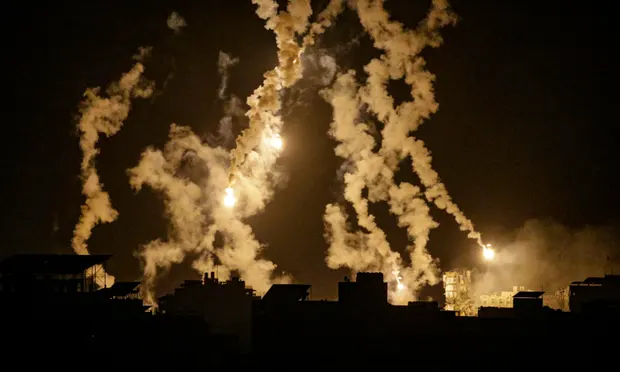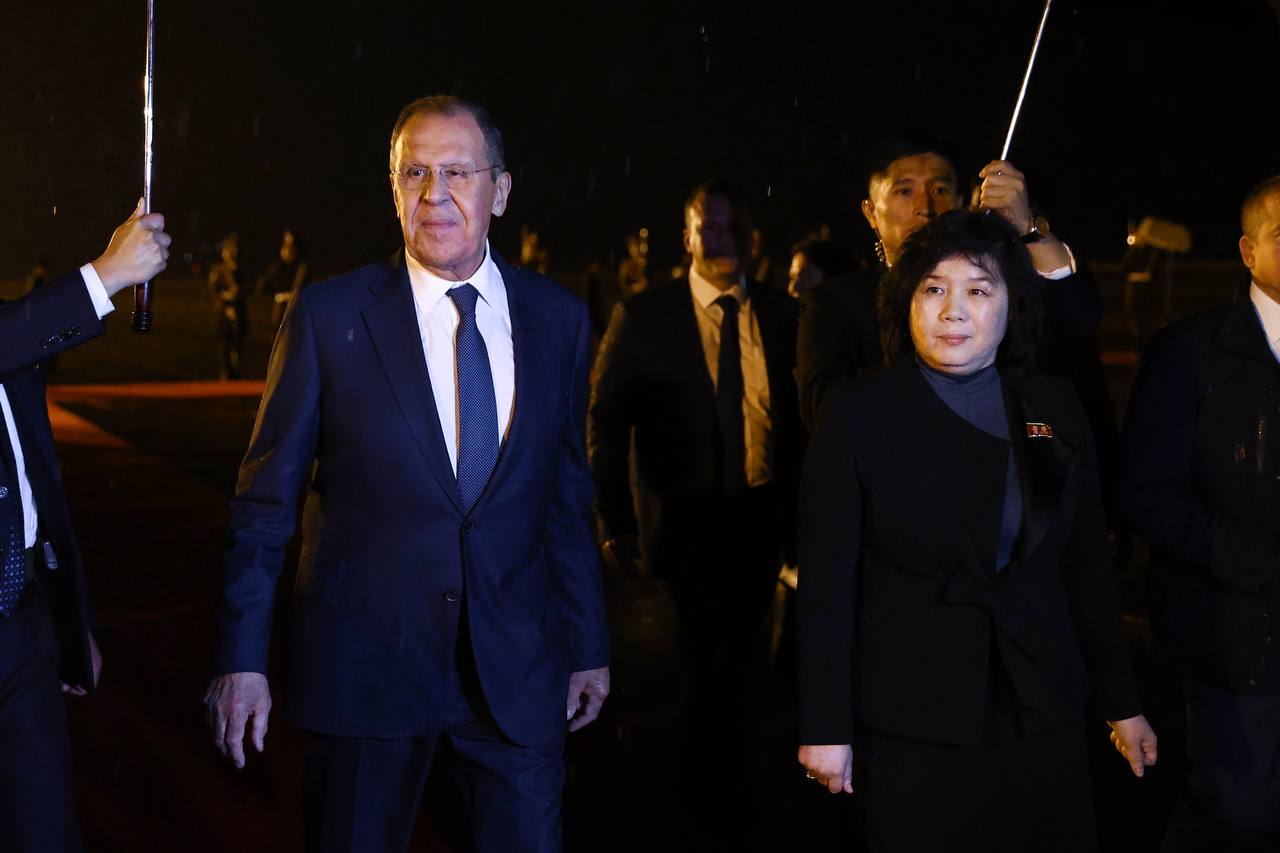China could deploy fully autonomous military weapons onto the battlefield within two years, according to a leading weapons expert.
Defence analyst Francis Tusa said China was not hindered by the ethical concerns surrounding so-called killer robots and was developing autonomous weapons systems much faster than any other country.

He said that the communist country’s huge investment in military technology meant that the People’s Liberation Army was developing AI-based autonomous weapons four to five times faster than potential adversaries.
In an interview with National Security News (NSN), Tusa said: “We’re at the start of a race in truly autonomous systems.
“I would be surprised if we don’t see autonomous machines coming out of China within two years including more AI controlled fighter aircraft.
“They (China) are coming up with new ship designs, new submarine designs, new fighter designs, at a rate which is dizzying. They are moving four or five times faster than the States.
“It’s the advantage for not being a democracy, not having congressional oversight of the budgets.
“The biggest thing which is going to have the most impact is the fact that the West will be constrained by legal issues, and these just will not apply to China.”
Tusa continued: “We’re in a country, an alliance, which is rules based. The rules are deemed to be important, whereas China is in its own system. It deems what is important for China to be the only thing that matters.”
The defence analyst said that he expected China to take the lead in the development of autonomous weapons, adding: “I think China will see this as a military area they want to be in the lead.
“It’s strange coming from a country with 1.2 billion people, for whom manpower really isn’t an issue.
“But I think they will go all out on autonomy and really harnessing AI and I think Russia will follow suit.”
Tusa also added the issue of prestige was important to the Chinese and that the country’s leader Xi Jinping wanted to demonstrate to the world that they were winning he autonomous arms race.
He added: “For the Chinese, I would say especially, the issue of have we beaten the Americans in getting a fully autonomous fighter aircraft? There’s huge prestige.”

Tusa referred to the example of Boston Dynamics whose robots required precise programming for each action.
He said the company’s scientists had developed methods like obstacle courses where the robot can learn and adapt its movements on its own.
Tusa added: “Is it difficult to imagine that with a machine gun? Not really.”
He went on: “It’s incredibly easy to go, if this thing can sense obstacles, how to get around them, can it then sense I have spotted someone with a hostile person, I must kill them? I wouldn’t have thought that’s difficult to do. What is holding this back at the moment, especially in the West, is law.”
Tusa also said that the line between existing remote-controlled systems and fully autonomous weapons is blurring.
He said: “Rather than the guy with the control box in a bunker two kilometres away, using AI, you give it a general program saying, go out here, look, and if you see anything, shoot at it. You can see that that is a very attractive option to certain armed forces.”
Autonomous weapons also extend beyond land use and are being developed for both naval warfare and aerial combat.
The U.S. Navy is developing fully autonomous ships capable of navigating vast distances with minimal human intervention, Tusa said.
He also referenced the Tempest fighter, which is at the core of the Global Combat Air Programme.
Tusa said: “That has always been described as optionally crude. In other words, a pilot can go and strap themselves in or it can take off on its own. That should be flying next year.”
Referring to a recent briefing from BAE Systems he attended, Tusa explained how the conversations are centred around establishing limits of what the technology can do.
He said: “They’re saying the drones could do a lot more, but the issue of legality is now raining it back.
“I would just say in the West, the problems are more the constraints and it’s a lot more of not what you can do, it’s what you can’t do.
“On that basis, is there a risk that the West is beaten in this technology area decisively and badly by China? Sadly, I wouldn’t rule it out.”
The U.S. Department of Defense is however, is working on the “Replicator” initiative which was announced in August 2023.
This project aims to accelerate and scale the development and use of unmanned and autonomous weapons, with the help of AI, robotics, and commercial technology.
Kathleen Hicks, deputy secretary of defence, explained that the initiative was aimed at directly countering the China’s rapid buildup of its armed forces.
She said: “Replicator is meant to help us overcome the PRC’s biggest advantage, which is mass.”

































































































































































































































































































